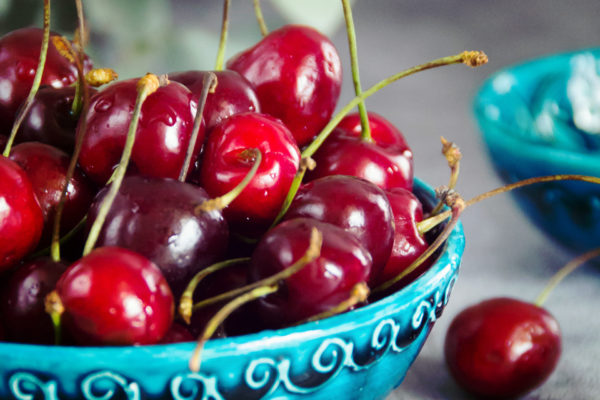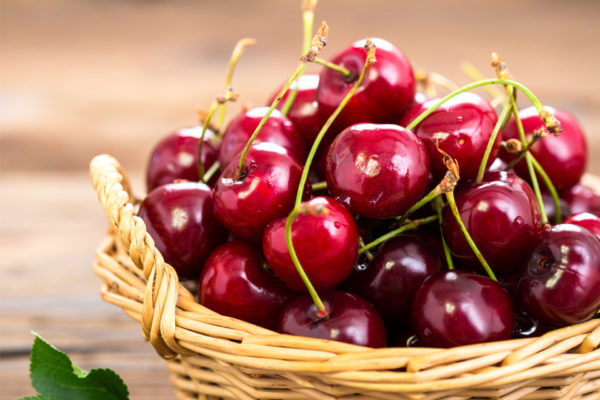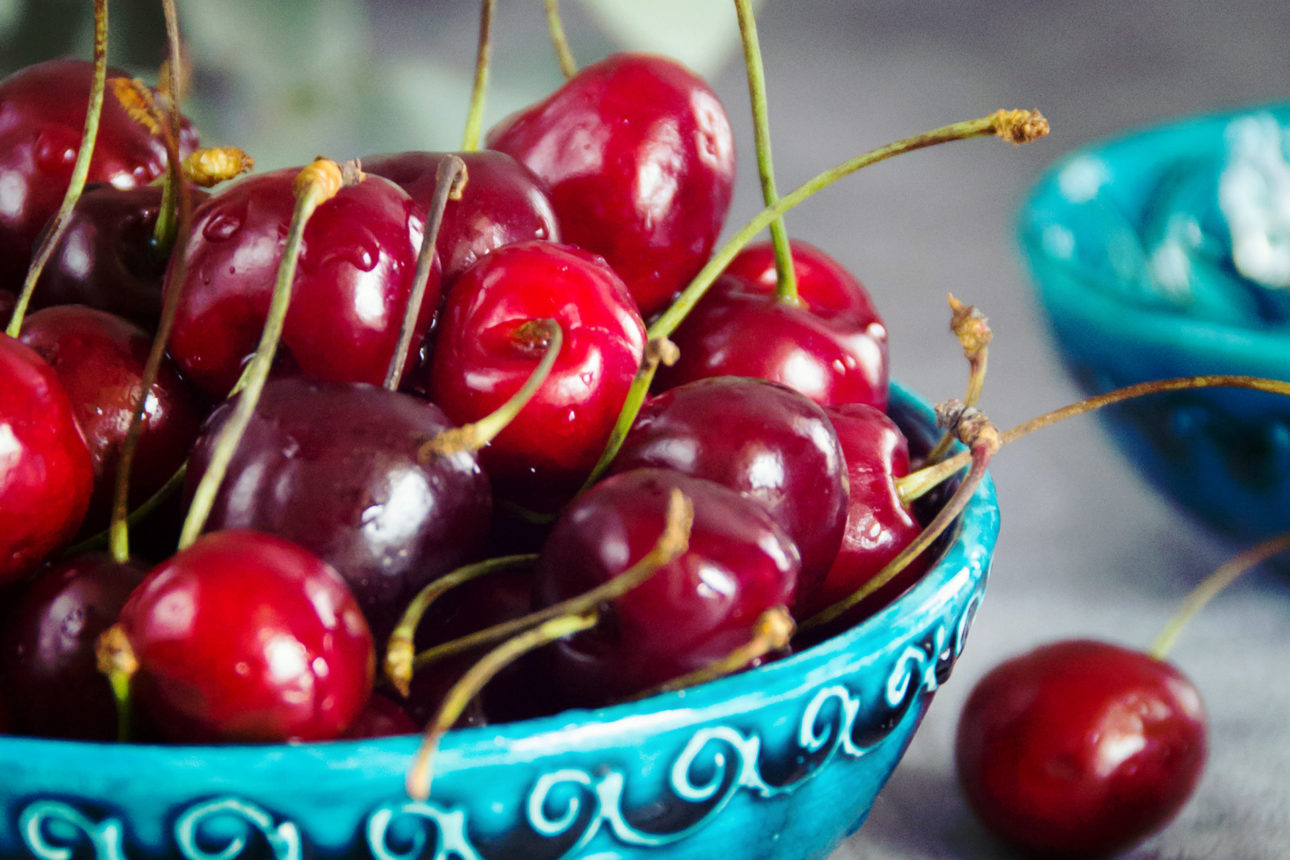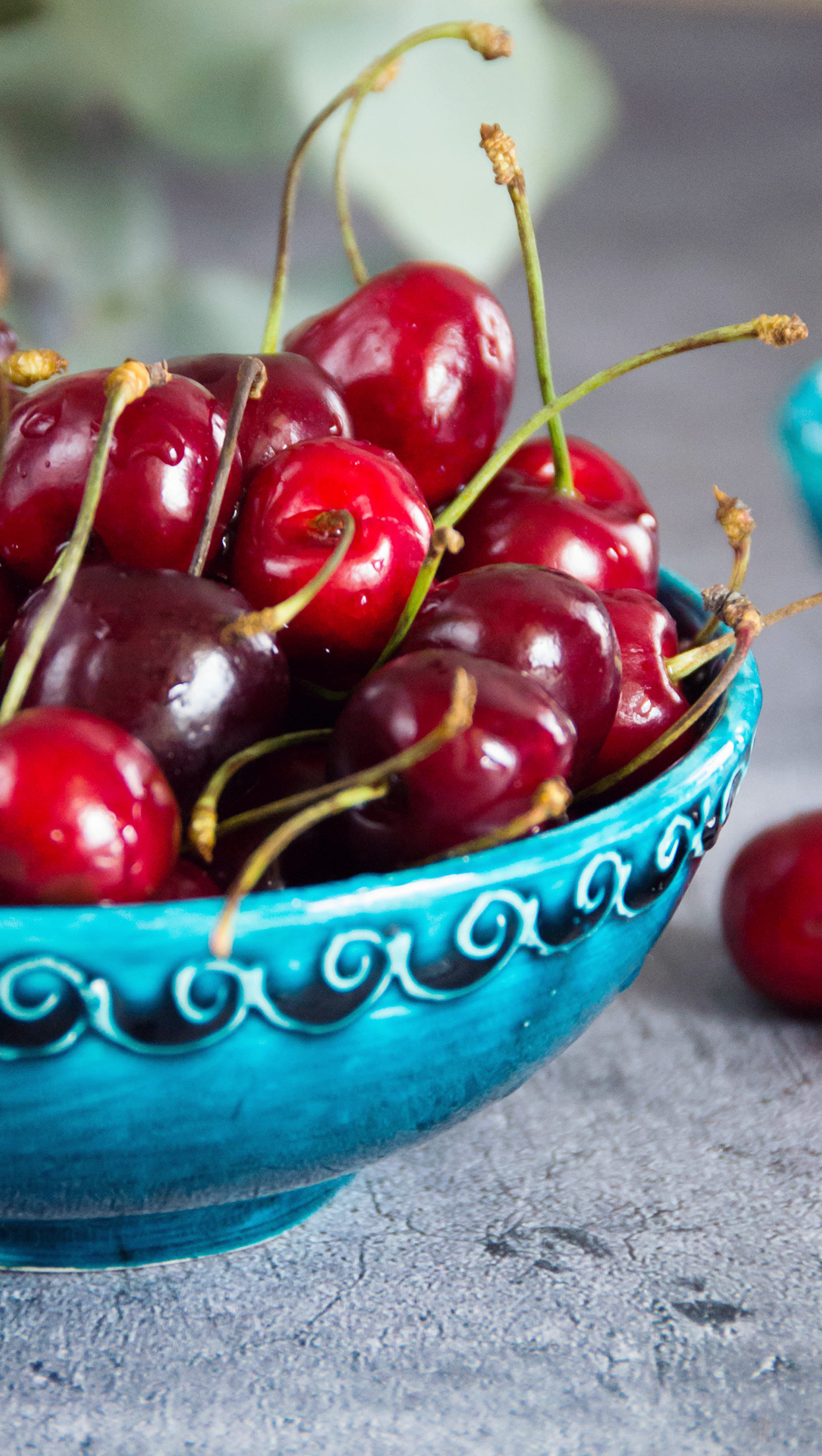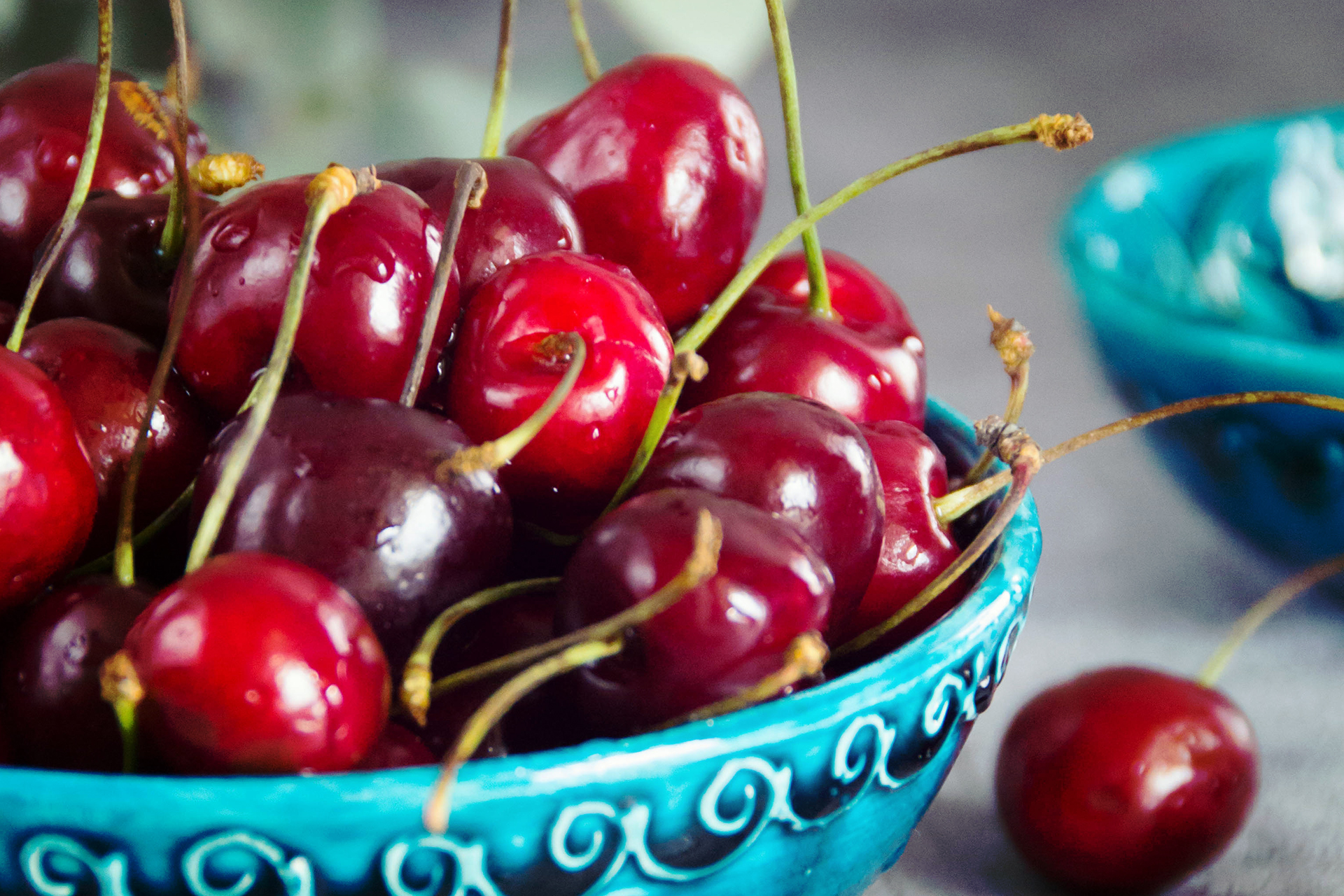
Mora means blackberry, but these are actually cherries. And they make a perfect alcoholic drink.
Origin
Mora di Cazzano cherries, also known as durone di Verona, are a variety originally from the area around Cazzano di Tramigna (Veneto), which then spread throughout the province. It’s thought that this cherry dates back to at least the 15th century, even if the first evidence of them doesn’t appear until the 19th century, when agricultural records record exports of the mora di Cazzano cherry going as far as Russia.
The skin is a deep red, and the pulp is dense and crisp. They’re considered one of the best varieties because of some of their exceptional features: they can be transported and stored for long periods, so they meet the needs of even the most demanding produce markets. It’s no accident that the province of Verona is the first in Veneto and the third in Italy for cherry production. The harvest takes place in May-June and hits retailers through the market of Montecchia di Crosara.
Cookit
Juicy and sweet, mora di Cazzano cherries should be eaten fresh as soon as they’re picked or purchased, whether at the end of a meal or as a healthy snack during the day. They’re also commonly candied or used for jams, syrups, juice, or sorbets. Verona traditions offer plenty of options for enjoying this fruit. Perhaps the most well known is cherries ‘sotto spirito’ or ‘under the influence.’ This involves a fairly brief ingredient list: about a kilo of mora di Cazzano cherries, sugar and grappa ( from Veneto of course!). Or they’re used in a typical type of cookie called Siresotti: half moon shaped shortcrust pastries filled with cherry jam.
Did you know that?
Every year in the first weekend of June, there’s a traditional and renowned provincial festival of cherries of Verona. This year will be the 81st annual event. The cherry festival involves all the regions that cultivate this variety all along the Soave wine trail, where you can taste all kinds of culinary delicacies, along with a excellent dessert wine. Tradition has it that the cherries need to be eaten by the 24th of June, the feast of Saint John. This is when they reach the peak of ripeness, but before they’re attacked by little white worms known as Giovannini (or ‘little Johnnies).



